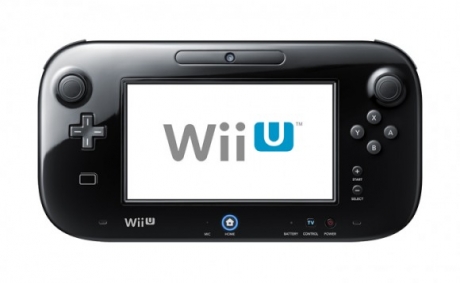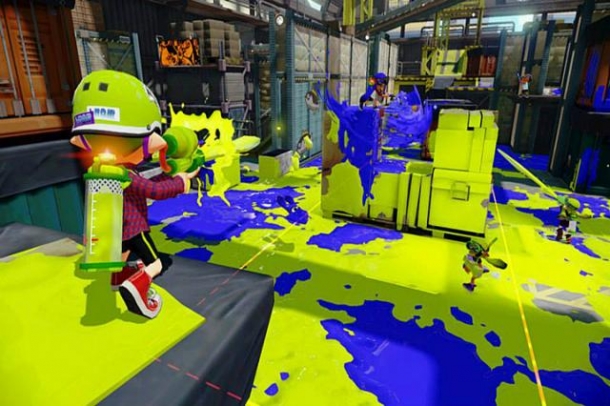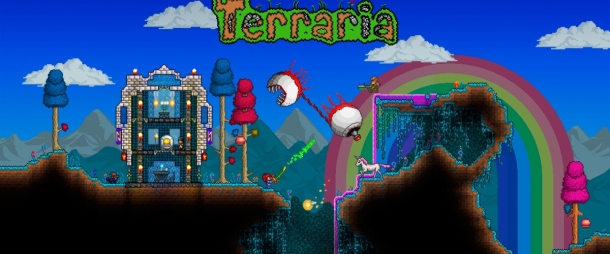The Wii U GamePad is the primary controller and feature of the Wii U platform. The GamePad features a large touch screen as well as traditional controls and stylus support, allowing for both dualscreen and screen mirroring gameplay. Two Wii U GamePads will be useable with the Wii U simultaneously.

Features
The GamePad features traditional controls, motion controls, and a large resistive touchscreen.
Button and Analog Inputs
The Wii U GamePad features two analog sticks, located near the top of the device. These are clickable, making them buttons as well. Below those are a D-Pad on the left and four digital face buttons on the right. Below those are the Start and Select buttons, denoted by a + and - similar to the original Wiimote.
On the rear of the Wii U gamepad are four shoulderr buttons, L, ZL, R, and ZR. These can function as triggers for shooting games, and combine with the dual analog sticks to give the Wii U GamePad the ability to play any traditional games the Xbox 360 or PS3 gamepads can play.
There are three buttons on the bottom of the controller as well. These are a Home button to return to the Wii U menu, a Power button to turn the system off, and a TV button which can switch the display frmo the TV to the Gamepad screen.
Motion Controls
The Wii U GamePad features motion controls similar to the Wii Remote for motion control support. There are both 3-axis acceleromters and 3-axis gyroscopes in the GamePad. This allows the gamepad to sense both orientation and movement, and can be used both for control purposes and to augment the TV display. For example, the GamePad can be held up to the TV and the screen on the GamePad can be used to show a zoomed in or alternate display of the TV content. One example of this shown was using it as a sniper scopes in shooting games.
Touchscreen
On the GamePad is a 480p 6.2 inch (15.7 cm) resistive touchscreen, which yields a PPI (pixel per inch) ratio of 158. The screen can be used to either supplement gameplay on the TV or stream gameplay to the gamepad instead of the TV. Because the touchscreen is resistive, it does not allow for multitouch, but can be used with a resistive stylus or finger, similar to the Nintendo DS and 3DS. A stylus is included in the gamepad, and slides out of the top near the shoulder buttons.
Near Field Communication
There are a number of data features on the GamePad, including a Near Field Communication (NFC) chip, allowing it to interact with a figurine or card with NFC, as well as process mobile payments from an NFC enabled credit card or phone. This can allow both interaction with content and import of data to the gamepad and ultimately the Wii U system. This can also be used to transfer data or information from the Wii U gamepad to another NFC enabled device or object.
Camera and Speakers
The Wii U GamePad features a front-facing camera which allows for video chat, but the resolution of that camera is currently unknown. There are also two stereo speakers located on the front of the device in the bottom left and right corners. These can be used for augmented sounds from the game or as primary speakers when playing games directly from the GamePad.
Bluetooth and Sensor Bar
Bluetooth is used to connect the controller to the Wii U system. Tests conducted by Digital Foundry showed the connection between the GamePad and the device to be almost completely lag free, and actually performed better than the TV display. There is also an IR sensor bar on the front of the gamepad, which will let it see and interact with a Wiimote. One example of this shown when the system was first announced involved putting the GamePad on the ground and pointing the Wii Remote at it to use as a golf tee. Source


